New study looks at how teaching excellence is analyzed and awarded in Canada
The paper published in the Canadian Journal of Higher Education reveals a range of approaches and offers suggestions for improvement.

Sarah Forgie was working as vice-provost, learning initiatives, at the University of Alberta – a portfolio that includes a focus on faculty teaching awards – when her curiosity got the better of her. Designed to celebrate teaching and inspire excellence, teaching awards also occasionally seemed to invite cynicism and scorn. She wondered: were they reflections of accomplishment or just covert popularity contests?
Diving into the literature, Dr. Forgie found a 2006 study by N.V.D. Chism, “Teaching awards: What do they award?” published in The Journal of Higher Education, which analyzed awards at 85 postsecondary institutions across the United States. The study further fuelled her interest with its findings that few schools listed specific criteria for awards, and none had standards to define excellence. Would the results be similar in Canada? No such analysis had ever been done here, nor does any national teaching evaluation strategy exist in Canada as it does in countries such as Australia and the United Kingdom.
A study moves forward
So, Dr. Forgie took up the challenge, in part to create a baseline for evaluating future progress. She found a collaborator in Janice Miller-Young, academic director of U of A’s Centre for Teaching and Learning who is also a professor of biomedical engineering, and hired research assistant Melina Sinclair. Their resulting paper, “Teaching excellence and how it is awarded: A Canadian case study,” was recently published in the Canadian Journal of Higher Education.
Using Chism’s methodology from the 2006 paper, Dr. Forgie collected and analyzed the criteria, evidence and standards for institutional teaching awards from 89 institutions and 204 award programs across Canada. All told, there were four categories of teaching awards: general (most common), career-length, student-focused and awards of teaching methods.
She found that 61 percent of awards had criteria that focused on identifying specific characteristics of teaching performance from communication skills to assessment. By contrast, Chism’s study showed only 52 percent of awards listed criteria and only 43 percent listed specifics. Dr. Forgie’s study also showed more criteria related to activities beyond the classroom, such as campus leadership, curriculum development or scholarship of teaching and learning.
Dr. Forgie says she expected to see a heavy reliance on student input, and did – of the 77 percent of awards that required support letters, 58 percent were written by students or alumni. However, given the prevalence of student evaluations, she was also encouraged to see other forms of evidence. “I was pleasantly surprised to see multifaceted input. I expected there would be letters from colleagues, but some actually wanted peer evaluation,” says Dr. Forgie, adding that she was also pleased to see some emphasis on teaching scholarship and professional development.
But Dr. Forgie says she was surprised that only a small proportion of the awards required any evidence of self-reflection or peer review; for example, only 11.4 percent mentioned classroom observation and only one percent required a teaching portfolio. Furthermore, only four out of 89 institutions described standards for their teaching awards, using rubrics.
Erika Kustra, director of the Centre for Teaching and Learning at the University of Windsor, and chair of the Educational Developers Caucus of the Society for Teaching and Learning in Higher Education, was not involved in the study but was asked to comment. She agrees that it was good to see increased criteria compared with the Chism study, since that helps with transparency and perceptions of fairness. “Teaching awards can be problematic. In choosing one award winner, you’re not choosing others, and if you don’t have a good process, you could in fact be harming the perception of the award,” she says.
Improvements for the future
For both Dr. Forgie and Dr. Kustra, teaching awards have value but could stand to improve. In the discussion following her report, Dr. Forgie recommends that institutions invest “time and resources to devise clear criteria and evidence guidelines to guide instructors in their reflection and portfolio preparation.” She also recommends implementing systems for peer review of teaching to reduce reliance on student perception.
Besides refining criteria, Dr. Kustra says it can be helpful to have a dynamic judging process. “Even if you have a very clear rubric, when you bring people together from different disciplines, they understand the criteria differently,” says Dr. Kustra. She often initiates a calibration exercise similar to those in marking, where everyone assesses one candidate (or sometimes a past winner) and discusses their evaluation process to ensure criteria are interpreted consistently.
Like Dr. Forgie, Dr. Kustra was also pleased to see multifaceted sources, but warns that these need to be “triangulated” to provide a full picture of a candidate. “I would reinforce the need for multiple pieces of evidence. So not just student evaluations or peer observation, but a teaching dossier, which captures evidence from multiple sources,” she says.
Dr. Kustra adds that the value in teaching awards can also get a boost when the insights are shared, for instance by making winning teaching dossiers public, or inviting winners to facilitate workshops. “By helping teachers to mobilize what they do and share it as a model, awards can become stronger,” says Dr. Kustra, noting that her centre’s educational leadership award includes project funding to help winners develop their ideas even further. The 3M National Teaching Fellowships include a retreat where winners meet to collaborate.
Dr. Forgie has now finished her time as vice-provost and returned to her home faculty of medicine, where she is professor of pediatrics, but not before she got a chance to apply some insights to her university’s own teaching awards. “I was able to add a bit more around community contributions and disseminating results, and also more about leadership. So, it was neat to be able to do that,” she says.
Featured Jobs
- Business – Lecturer or Assistant Professor, 2-year term (Strategic Management) McMaster University
- Veterinary Medicine - Faculty Position (Large Animal Internal Medicine) University of Saskatchewan
- Psychology - Assistant Professor (Speech-Language Pathology)University of Victoria
- Canada Excellence Research Chair in Computational Social Science, AI, and Democracy (Associate or Full Professor)McGill University
- Education - (2) Assistant or Associate Professors, Teaching Scholars (Educational Leadership)Western University



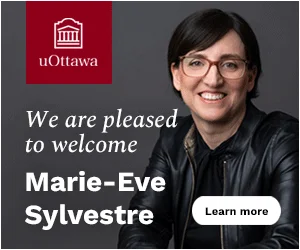
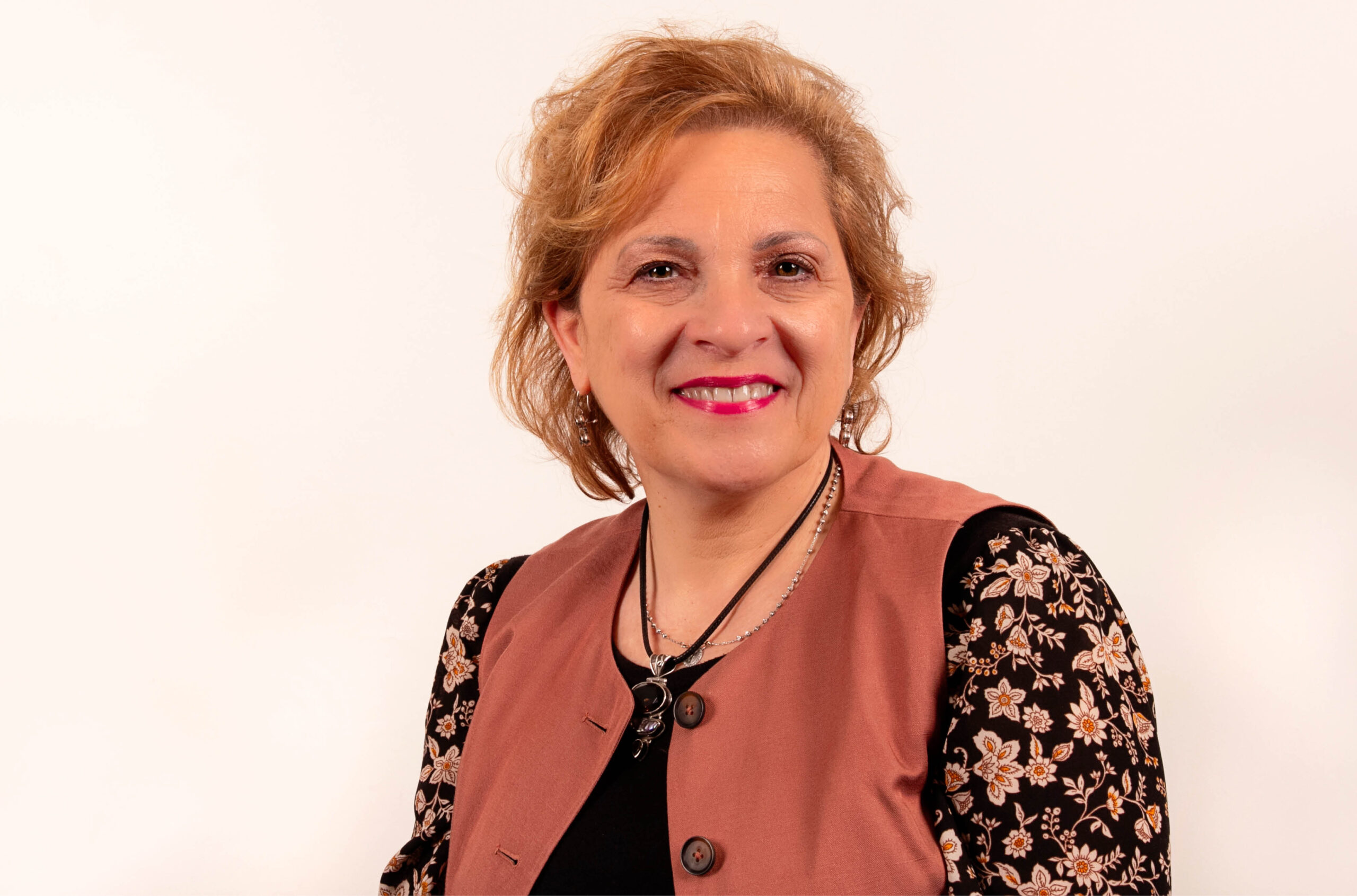



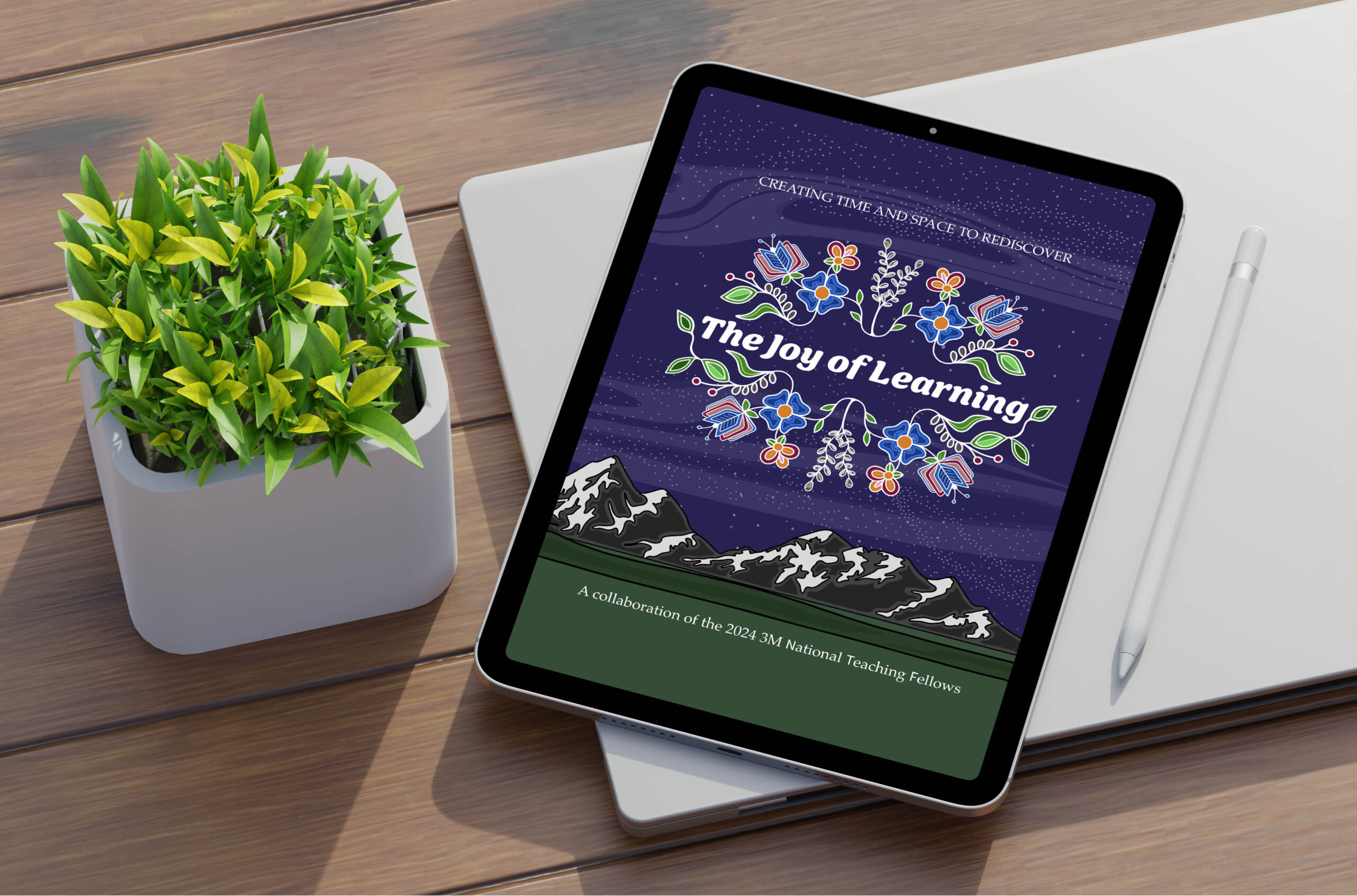


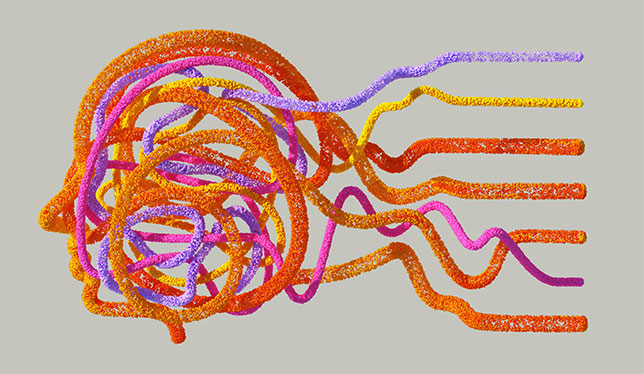


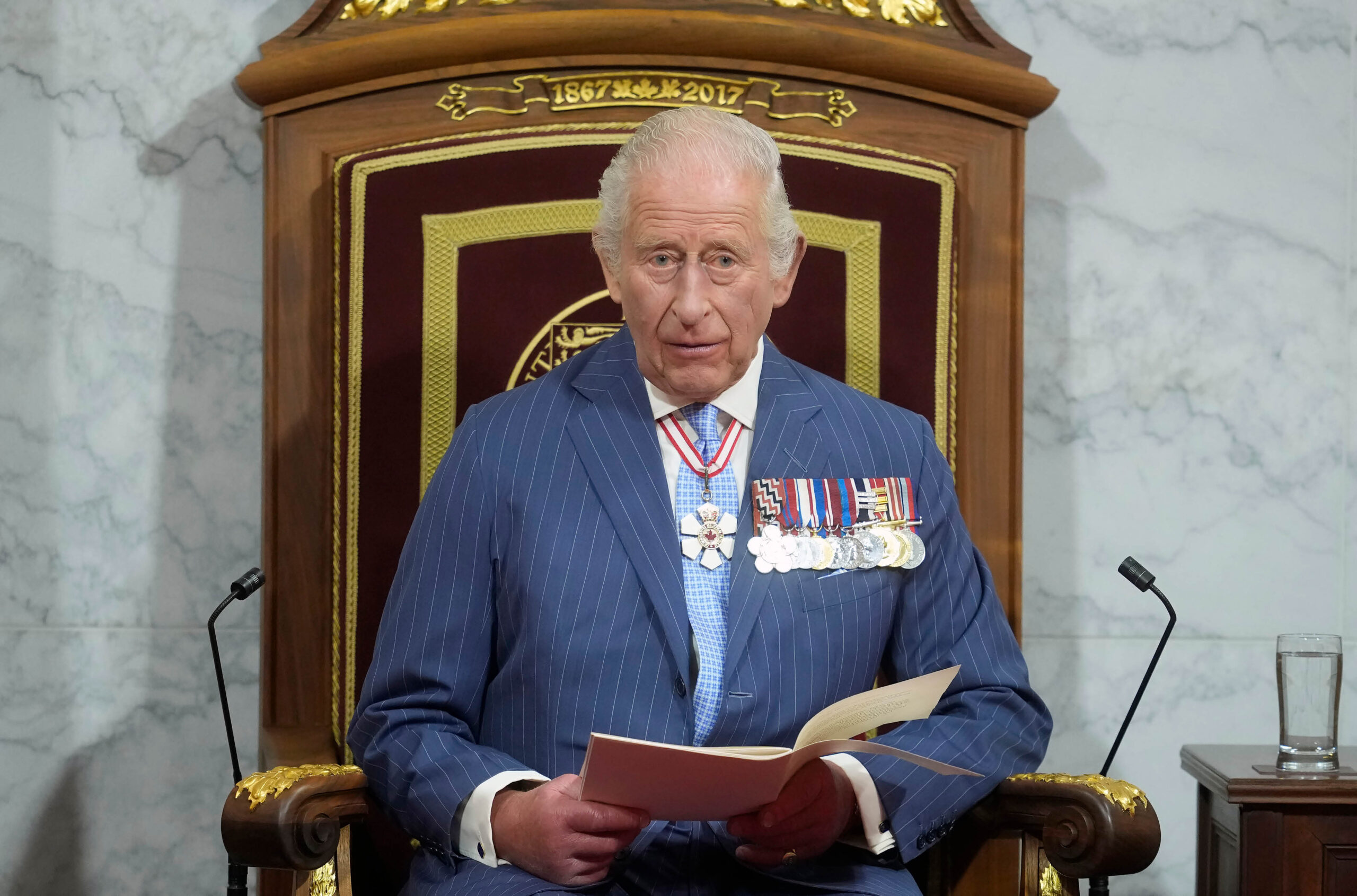
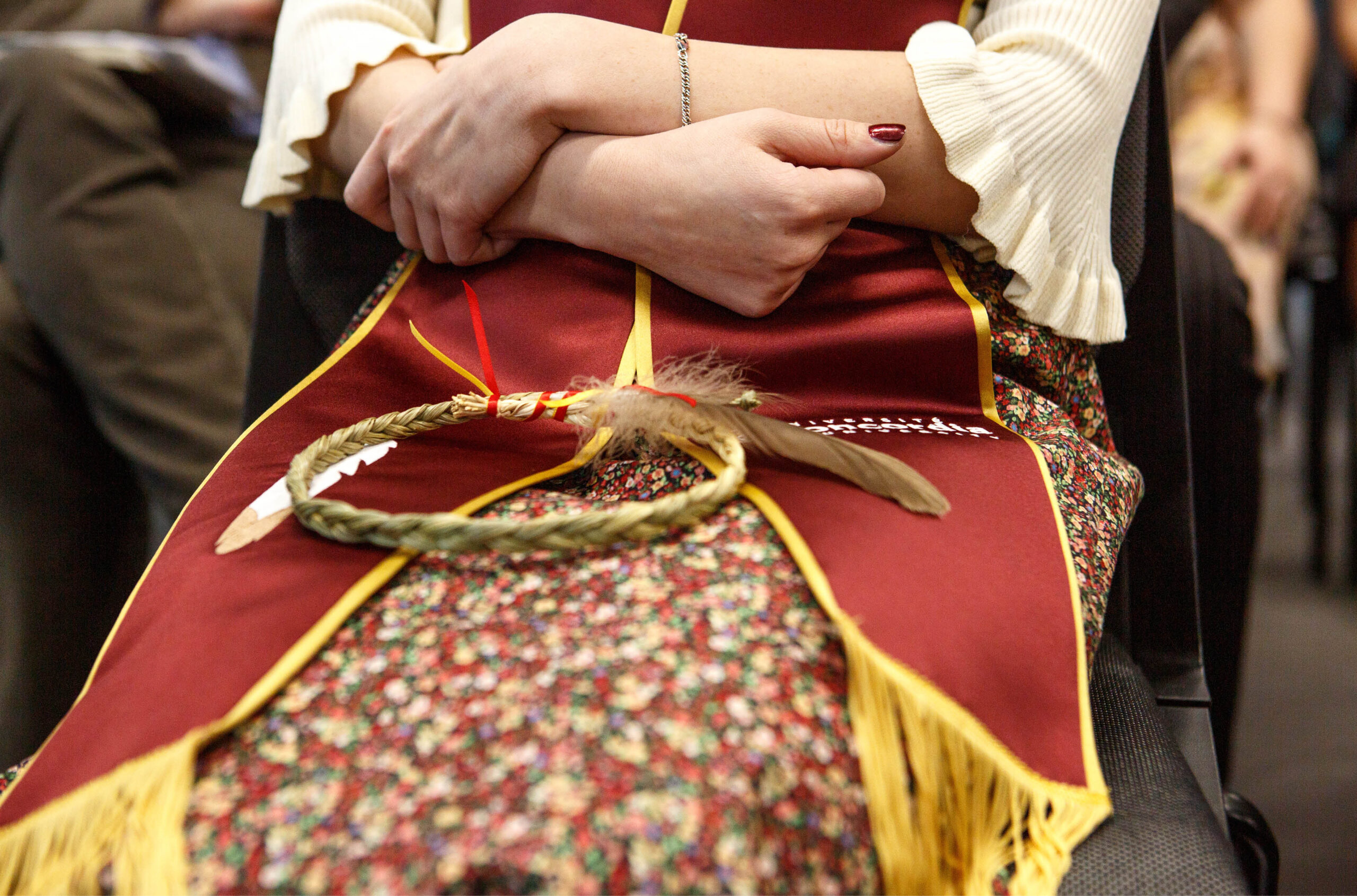
Post a comment
University Affairs moderates all comments according to the following guidelines. If approved, comments generally appear within one business day. We may republish particularly insightful remarks in our print edition or elsewhere.
1 Comments
In my observation, the winners of teaching awards are a self selected group. The effort required to gather together the documentation for the nomination or application requires effort equivalent to applying for tenure/promotion. Only very motivated or ambitious people will go to the trouble to undertake this task.